The Polishing Process & Benefits
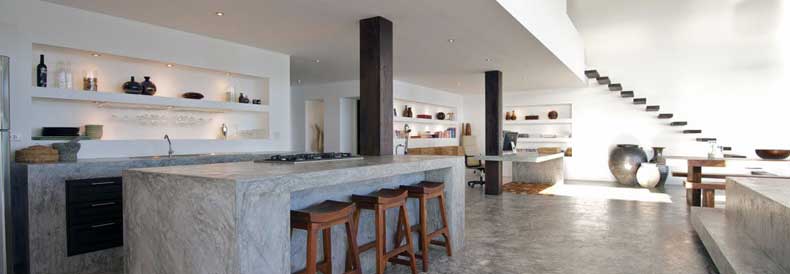
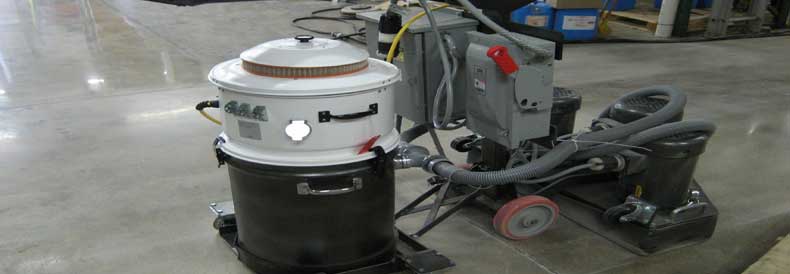
To polish concrete, special machines which use a special type of diamond segmented abrasive disc grind down the concrete surface, creating whatever level of smoothness or shine is desired. Different levels of grit, or to put it more simply, different sizes of diamond particles, are used throughout the grinding procedure, starting with coarser grit and moving on to finer grit as the process proceeds.
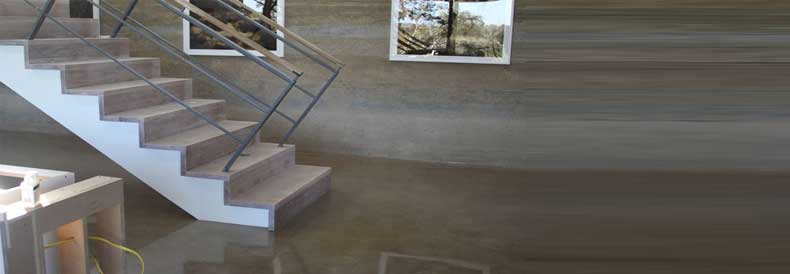
First, the concrete is prepared by grinding the surface. Any previously applied concrete coatings must be removed before the procedure can begin.
If the concrete has become victim to any cracks in the surface, epoxy resin or other types of fillers shall be used to seal the cracks.
Once the concrete has been sealed, a special machine using a type of diamond particles of different metal bonded grits, depending on the desired outcome of the polishing, is used to grind down the surface. Usually, the procedure will start with a grit of 30 to 40, followed by 80, and then finished off with a grit of 150.
Once the grinding has been completed, a chemical hardener will be applied to densify the surface.
A new resin-bonded diamond disc is used at this point with a grit ranging between 100 and 200, or even a combination of both.
Polishing is then performed by a 400-grit resin-bonded diamond disc, and then an 800 grit disc.
The final polishing will be performed with the use of either a 1500-grit or a 3000-grit disc for a mirror-like finish.
A coat of stain guard used over the newly polished concrete surface is recommended.
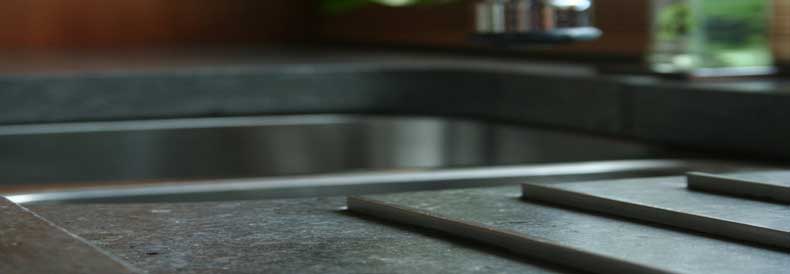
With the use of hand held machines, even the smallest of areas can be polished
Can result in more condensed, harder concrete slabs
Produces a higher level of shine
Tends to come with a higher cost than wet concrete polishing
Has a longer downtime than wet concrete polishing
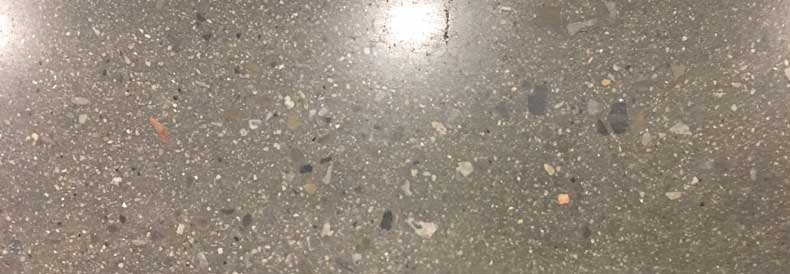
More cost effective than dry concrete polishing
Propane-fueled machines can be utilized, increasing eco-friendliness
The downtime of wet concrete polishing is much shorter than that of dry concrete polishing
The wet process is 100% dust free, totally avoiding any potential for any dust contamination
Wet concrete polishing is achieved with larger machines, so only large, open areas can be treated
The same high-gloss shine available to dry concrete polishing is not available to wet concrete polishing
While wet concrete polishing does prevent the dust associated with dry concrete polishing, the watery sludge it creates can be more time-consuming to clean.
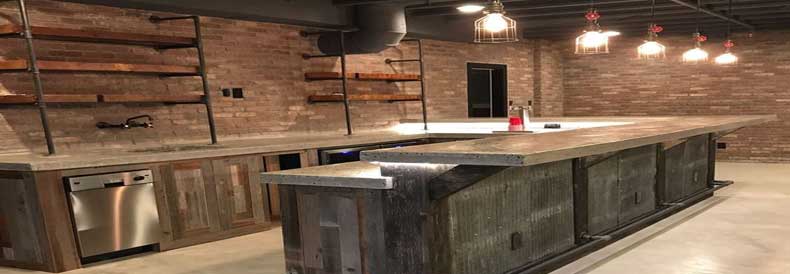
- Polished concrete is highly durable
- Polished concrete is incredibly low maintenance
- Due to its great levels of friction, polished concrete can create a slip-free surface
- It gives a superior appearance to any concrete floor
- The surface of the concrete itself is improved with the use of concrete polishing
- Even the most extreme industrial environments won’t be too much for polished concrete to handle
- Natural interior lighting is improved thanks to its high reflectiveness
- Polished concrete is easily cleaned, requiring only neutral cleaners or simply water
- Polished concrete can be stained and etched for a highly decorative and custom look
